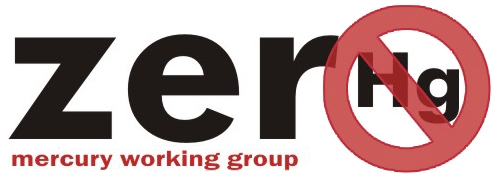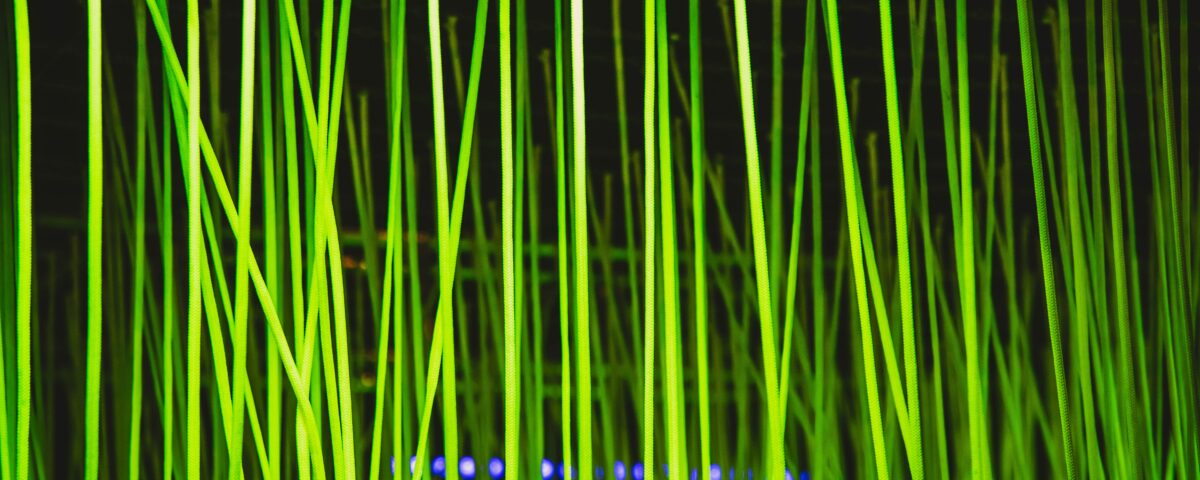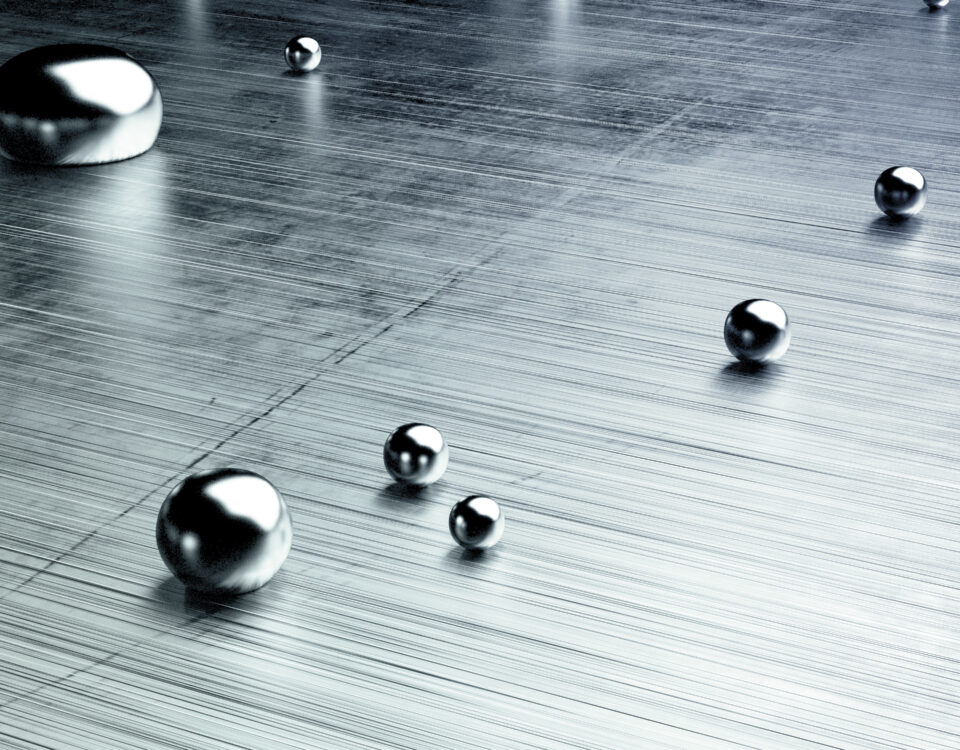Call to action: Tell the EU to eliminate mercury in light bulbs
Eliminating all fluorescent bulbs from European markets would significantly reduce toxic mercury pollution, lower carbon emissions and save people and businesses billions of euros in energy consumption. That is why we urge you to tell the European Commission to phase out bulbs containing mercury now.
In June 2021, the European Commission published a series of draft revisions to the lighting exemptions for mercury-containing lamps in their “Have your say” public consultation webpage. The comment period for each measure is open for 4 weeks but deadlines are approaching soon.
Citizens have until mid-July to share their views on these proposals. We call on you to contribute to this consultation by giving your feedback to at least the five lamp categories below (all in all, there are 12 specific proposals). In case you wish to give feedback on the remaining lamp categories please contact elena.lymberidi@eeb.org
Attention: Feedback period deadline is different per lamp category! (below listed by chronological order)
- Long Life CFLs – comment period closes on 12 July
- Non-Linear Fluorescent Lamps – comment period closes on 12 July
- CCFL and EEFL – comment period closes on 12 July
- Linear Fluorescent Lamps (LFL) – comment period closes on 16 July
- Compact Fluorescent Lamps (CFL) – comment period closes on 21 July
Background
The EU regulates mercury in light bulbs through the Restriction of Hazardous Substances (RoHS) Directive, by (until now) allowing mercury use via an exemption list. Widely used mercury containing light bulbs like compact fluorescent lamps (CFLs) and linear fluorescent lamps have been tolerated because of the once limited availability of mercury-free alternatives. However, technological progress over the past decade means that light-emitting diode (LED) retrofit bulbs are a a cost-effective, mercury-free alternative to fluorescents.
The original exemption for certain fluorescent lamps was granted in September 2010 up to July 2016, allowing the lighting industry ample time to adapt its processes. When a review process was launched in 2015, evidence presented by the Commission’s own consultants (Öko Institut), as well as the EEB, showed the ready availability of low-energy mercury-free LED alternatives and provided the justification for an early phase-out of the larger categories of mercury-containing fluorescent lamps. The Commission ignored this evidence and wasted more than two years commissioning a socioeconomic analysis based on data that was already well out of date when it was eventually published in 2019 and was, therefore, completely misleading, indicating that the phase-out would have a net cost of €250 billion. It took a further year and further evidence submitted by the EEB and others for the Commission to correct its mistake and issue in July 2020 a revised analysis showing that a 2021 phase-out would actually bring a net benefit of €29.9 billion. More in the annex of our last letter to the Commission.
How to comment
To submit comments to the Commission for these five priority product groups, please start by registering or logging into the Commission’s website as outlined below. Once you are logged in, return to this webpage and scroll down to click on each of the five initiatives hyperlinked below.
- Click on this link
- In the upper-right, find the box titled “Log in / Register to contribute”, and choose “Log-in” if you have an account or “Register” to create a new one
- Once you are logged in, click on each of the five initiatives below and select the yellow button “Give Feedback”
- Enter your comments / feedback into the 4000-character “My Feedback” box; then answer the Commission’s questions below the box and click the “Submit” button
Once you are logged in, you only need to go to each landing page linked below to submit comments. Please click on the hyperlinks in the headers below for all five pages:
- Double-capped linear fluorescent lamps for general lighting purposes (click here) – proposes to phase out linear fluorescent lamp categories 2(a)(1) Tri-band T2, 2(a)(4) Tri-band T12 and 2(a)(5) Tri-band long-life (>25k hour) in 12 months; and proposes to phase out categories 2(a)(2) Tri-band T5 and 2(a)(3) Tri-band T8 in 18 months. Comment period closes on 16 July. Suggested comments:

- Support the Commission’s proposal to phase out categories 2(a)(1) T2 and 2(a)(4) T12 fluorescent lamps in 12 months [rationale: the Ecodesign Directive already phases out T2 and T12 fluorescent lamps on 1 September 2021, source: Table on p. 3 of this EEB letter]
- Support the Commission’s proposal to phase out the category 2(a)(5) for long-life linear fluorescent lamps in 12 months [rationale: LED replacement tubes already have a longer lifetime than fluorescent lamps, LED tubes are widely available at 60,000 – 70,000 hours, examples: 70k hour GE Current; 60k hour LEDvance; 60k hour Sylvania]
- Call for the Commission to reduce the phase-out period for 2(a)(2) T5 and 2(a)(3) T8 linear fluorescent lamps from 18 months to 12 months.
- Taken together, this category of double-capped linear fluorescent lamps was estimated to account for 34% of the mercury use in all lighting products in Europe. Oko-Institut, 2016.
- Call for the Commission to fast-track this Delegated Act, moving as quickly as possible to publication in the Official Journal of the European Union, at which point the phase-out period of 12 months starts. [rationale: the on-going delay is costing European citizens and businesses €15-16 million per day (see CLASP study), and Sweden-CLASP calculated that phasing out T5, T8 and CFLni would save Europe 92.1 million metric tonnes of CO2 emissions]
2. Single capped (compact) fluorescent lamps for general purposes (click here) – proposes to phase out all compact fluorescent lamps (CFLs) including both screw-base and pin-base (categories 1(a) through 1(e) in 12 months. Comment period closes on 21 July.

Suggested comments:
- Support the Commission’s proposal to phase out the categories 1(a) through 1(e) for general purpose compact fluorescent lamps in 12 months; [rationale: the Ecodesign Directive is phasing out the mains-voltage (screw-base) CFLs on 1 September 2021 (see table on p. 3 of this EEB letter), however Ecodesign did not phase-out pin-based CFLs. Thus it is critically important that RoHS does phase these lamps out.]
- There are literally hundreds of different models of LED drop-in replacements for pin-base CFLs [rationale: see p.90, section B.1.4 of this Sweden-CLASP report); and here are some examples from GE Current, Signify/Philips, Sylvania]
- Taken together, this category of single-capped compact linear fluorescent lamps was estimated to account for 33% of the mercury use in all lighting products in Europe. Oko-Institut, 2016.
- Call for the Commission to fast-track this Delegated Act, moving as quickly as possible to publication in the Official Journal of the European Union, at which point the phase-out period of 12 months starts.
3. General Lighting Lamps with a lifetime of 20,000 hours or more (click here) – proposes to phase out this category of long-life CFL, category 1(g), in 18 months. Comment period closes on: 16 July.

Suggested comments:
- Call for the Commission to reduce the phase-out period for category 1(g) long-life CFL lamps from 18 months to 12 months as there are already direct, drop-in LED retrofit lamps that are mercury-free and last longer than these long-life CFLs. [here are some examples from GE Current, Signify/Philips, Sylvania]
- Shortening from 18 months to 12 months would bring this category into alignment with the other CFL categories 1(a)-1(e) and with the long-life double-capped category 2(a)(5), all of which are proposed for a 12 month phase-out period.
- Call for the Commission to fast-track this Delegated Act, moving as quickly as possible to publication in the Official Journal of the European Union, at which point the phase-out period of 12 months starts. [rationale: the on-going delay is costing European citizens and businesses €15-16 million per day (see CLASP study), and Sweden-CLASP calculated that phasing out T5, T8 and CFLni would save Europe 92.1 million metric tonnes of CO2 emissions]
4. Non-linear tri-band phosphor lamps (click here) – proposes a 3 year extension period for category 2(b)(3), non-linear tri-band lamps, thus there is no phase-out proposed for this product category. Comment period closes on 12 July.

Suggested comments:
- Call for the Commission to change this 3 year extension to a 12 month phase-out period, in line with the other categories of double-ended linear fluorescent lamps, including T5, T8 and T12 (categories 2(a)(2) through 2(a)(4)).
- Inform the Commission that manufacturers have invested in the development of non-linear, mercury-free LED alternatives for category 2(b)(3), just the same as they have invested in developing linear lamps which are being proposed to phase-out. Submit to the Commission the database of 976 examples of LED retrofit U-bend lamps available on the market (Click on this link to download a database of LED U-bend retrofit tubular lamps).
- Note that there is no need, nor any justification for this extension due to the fact that mercury-free LED alternatives are widely available, and can be directly retrofit into existing fluorescent luminaires. In addition to the above database, some specific examples can be found on these websites: Philips, Osram; LEDvance.
- The criteria for granting an extension for this lamp category have not been met, as cost-effective, equivalent LED alternatives exist today and are widely available with different lifetimes, light output, colour temperatures, and so-on. These LED retrofit non-linear lamps have the added benefit of 2-3 times longer lifetime than fluorescent and they use half the energy (or less).
- Taken together, this category of non-linear fluorescent lamps was estimated to account for 7% of the mercury use in all lighting products in Europe. Oko-Institut, 2016.
- Call for the Commission to fast-track this Delegated Act, moving as quickly as possible to publication in the Official Journal of the European Union, at which point the phase-out period of 12 months starts.
5. Cold Cathode and External Electrode Fluorescent Lamps (click here)– proposes a 5 year extension period for categories 3(a) through 3(c ), which includes cold cathode fluorescent lamps and external electrode fluorescent lamps in Electrical and Electronic Equipment (EEE). Comment period closes on 12 July.

Suggested comments:
- Call on the Commission to change this 5 year extension for categories 3(a) through 3(c ) for CCFL and EEFL to a 12 month phase-out period for the following reasons:
- This category of lamp is scheduled to be phased-out by the Ecodesign lighting regulation, EU Regulation No. 2019/2020 on 1 September 2021, therefore this COM proposal appears to contradict existing EU law. There are no exemptions made for CCFL and EEFL, therefore they are subject to the “Other light sources in scope not mentioned above” category in Table 1 of the regulation which they cannot meet.
- LED retrofit kits ARE available online which enable people with displays that have CCFL or EEFL lighting units to upgrade their systems to LED. Example of retrofit kit.
- The exemption is for new EEE placed on the market, however CCFL and EEFL are no longer used to back-light electronic displays placed on the market – this technology was replaced by LED back-lighting units in televisions ten years ago. (see this recent article, which refers to CCFL as “outdated” and “now-abandoned”)
- CCFL and EEFL were quickly replaced by (mercury-free) LED backlights because they are simply better – they are brighter, more easily controlled (area dimming), use less energy, last longer and are much thinner. (see: Totevision article)
- Experts writing in Waste Management & Research Journal concluded: “Cold cathode fluorescent lamps (CCFLs), with mercury as their essential component, were widely used as backlight in liquid crystal display (LCD) appliances before 2008. Since 2008, the mercury-free light emitting diode started to be used as a substitute for CCFLs and the replacement finished in about 2014. Nowadays, CCFLs are obsolete products from the viewpoint of manufacture.”
- Call for the Commission to fast-track this Delegated Act, moving as quickly as possible to publication in the Official Journal of the European Union, at which point the phase-out period of 12 months starts.





